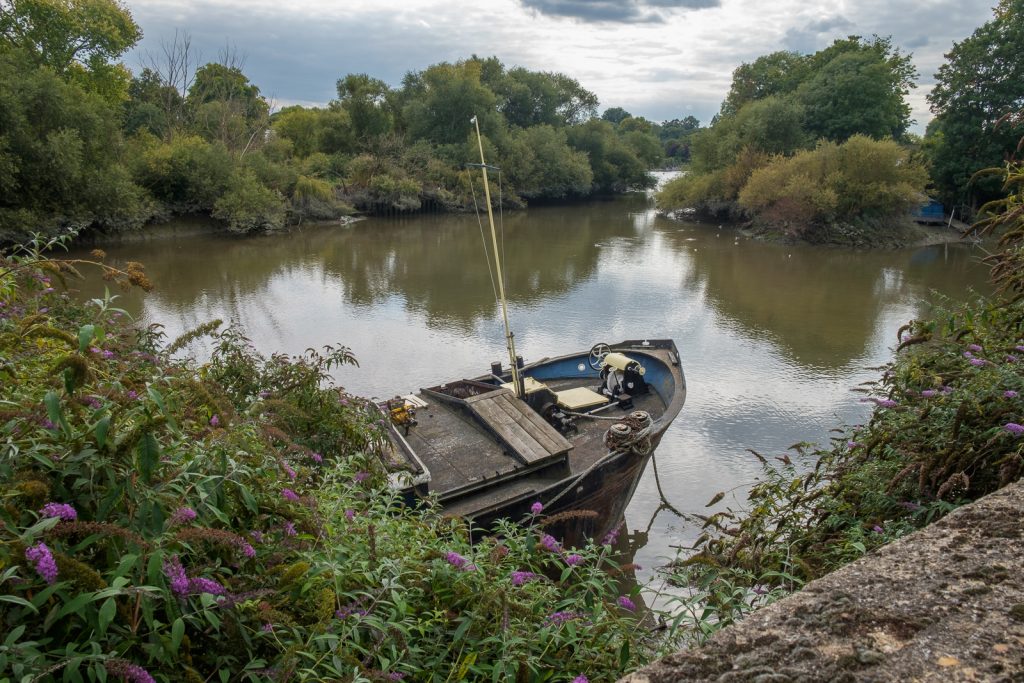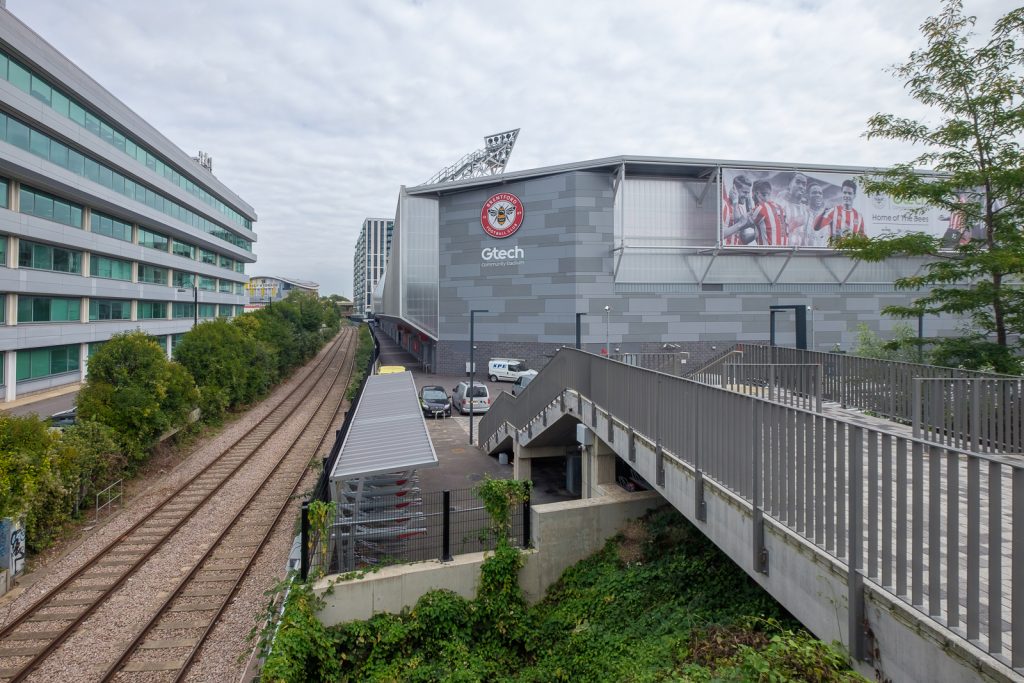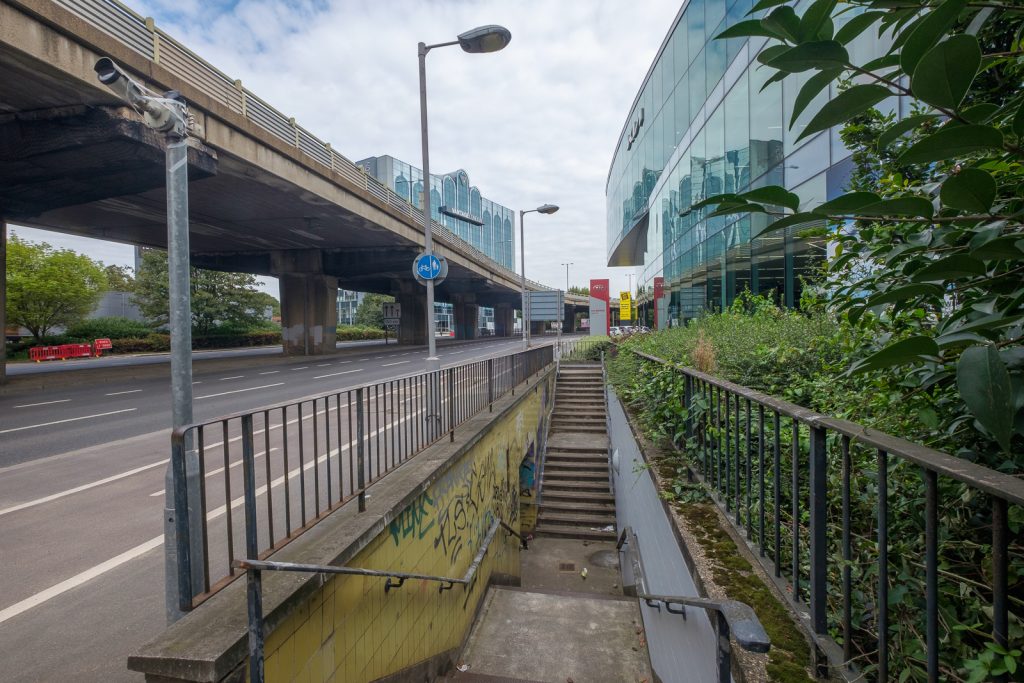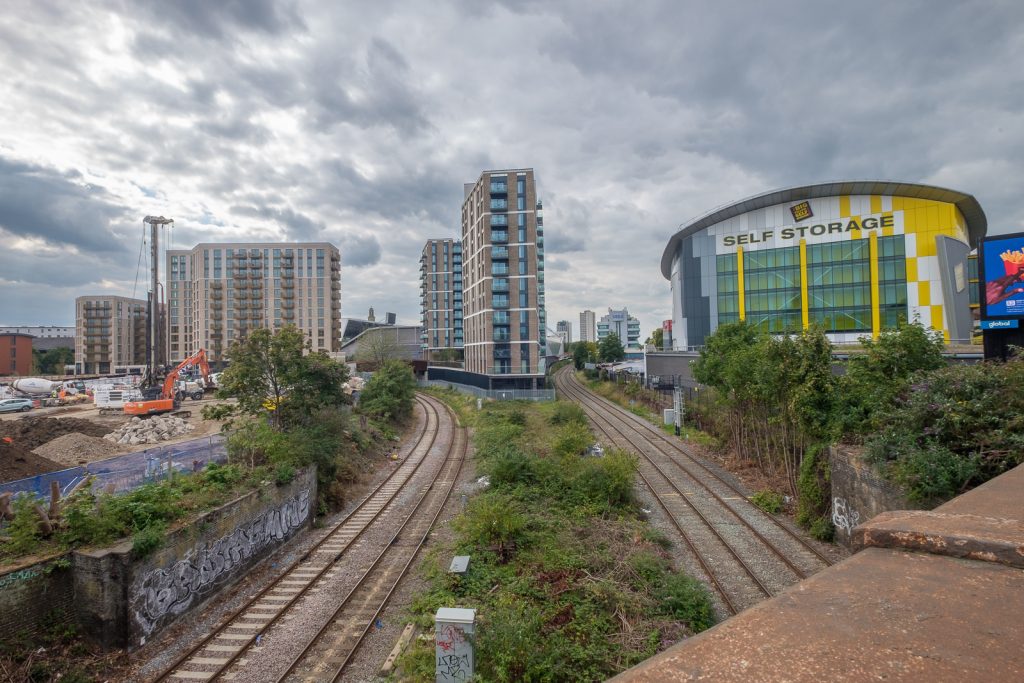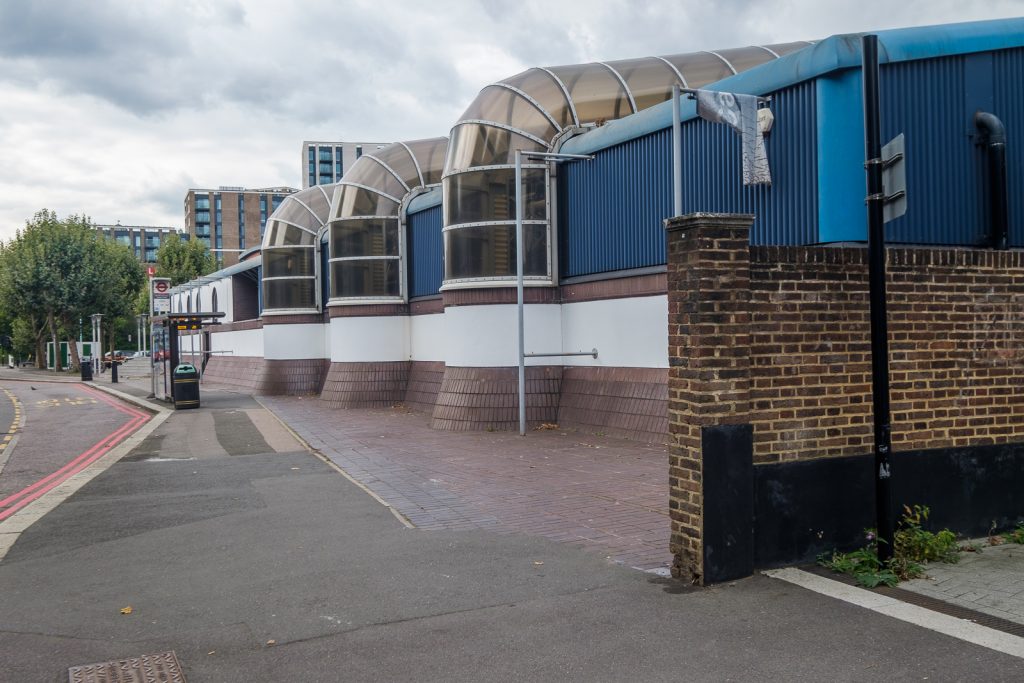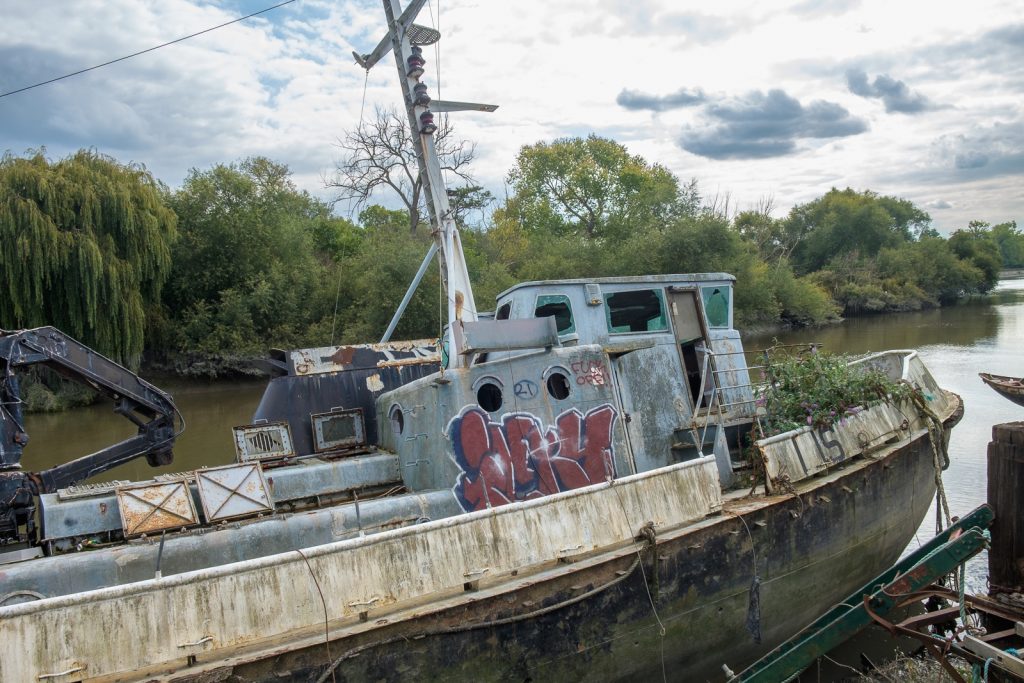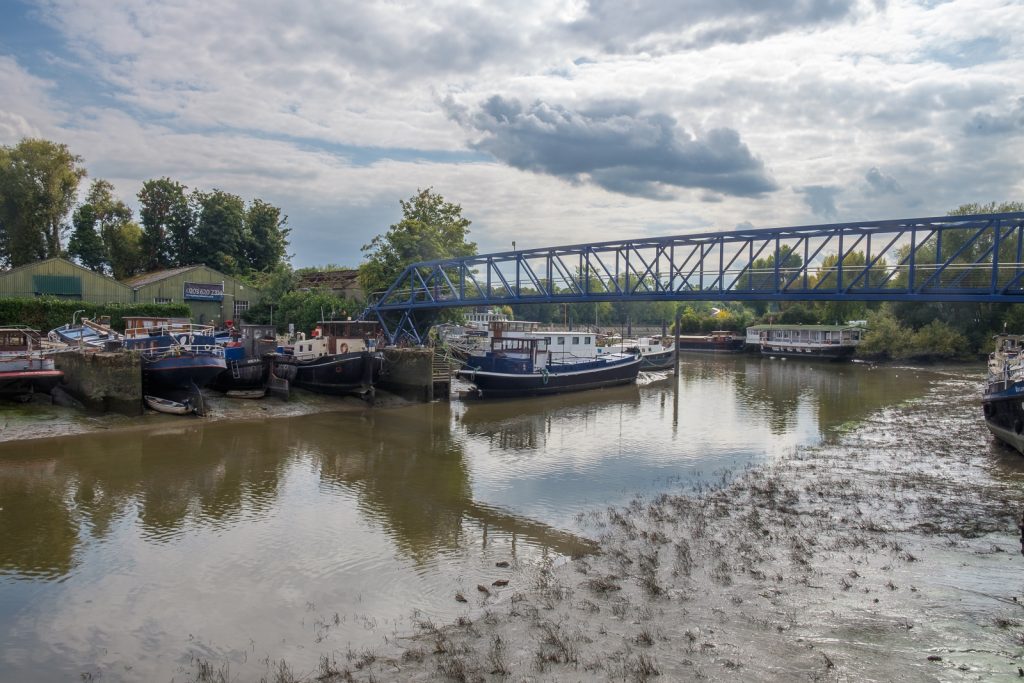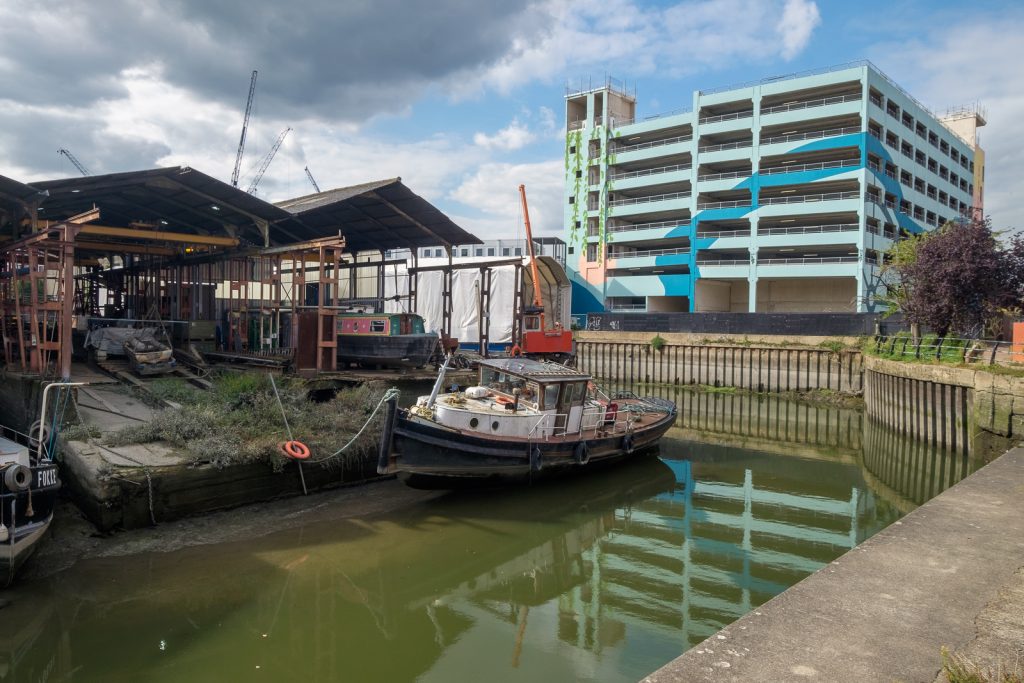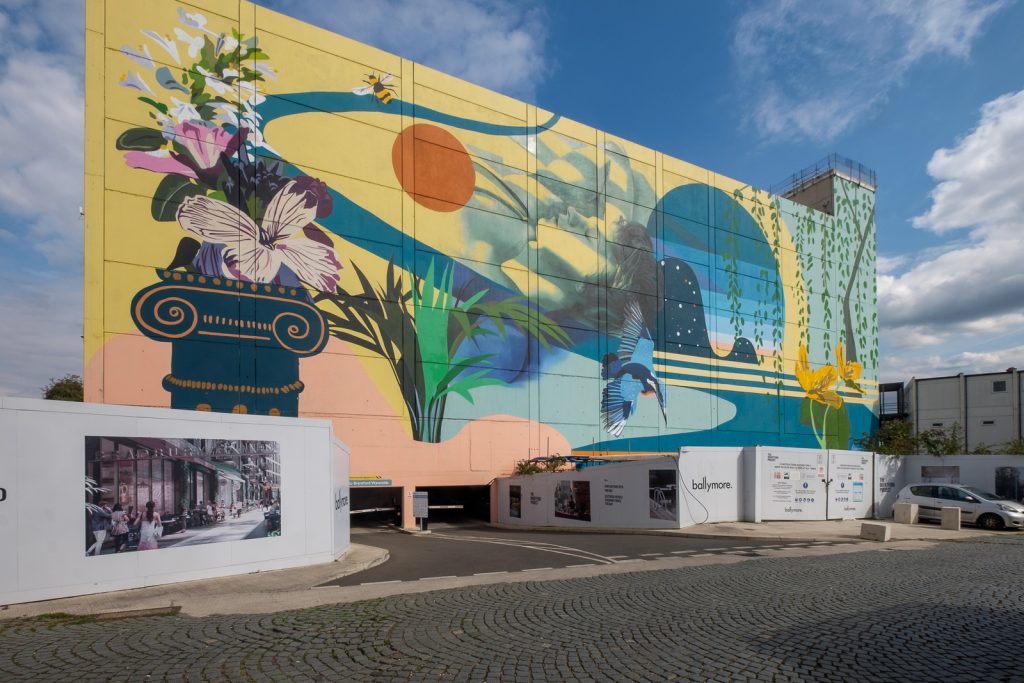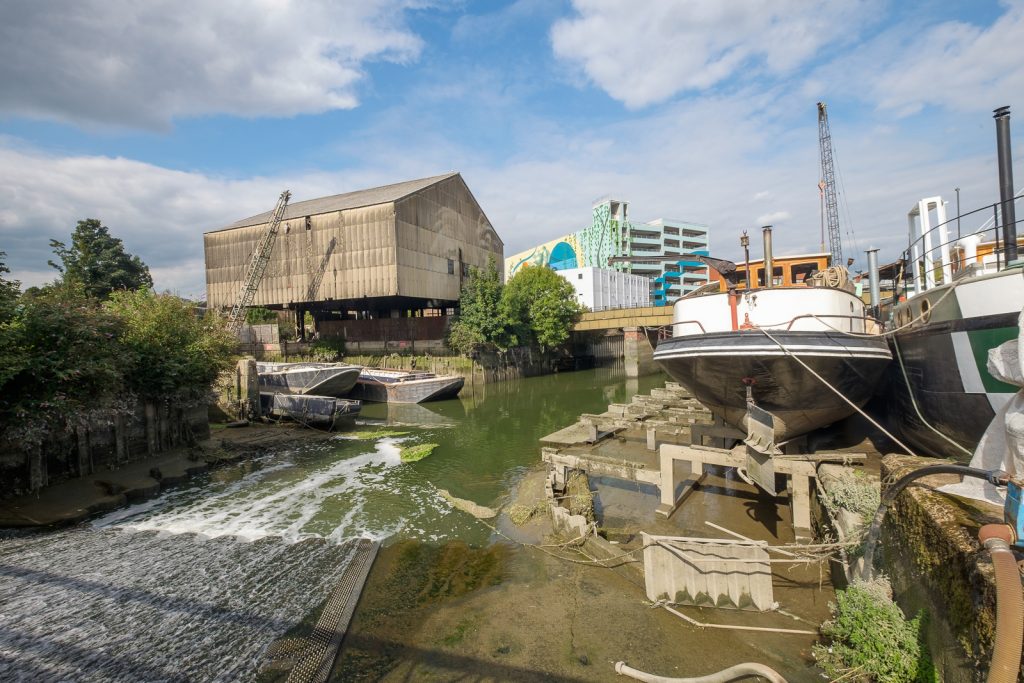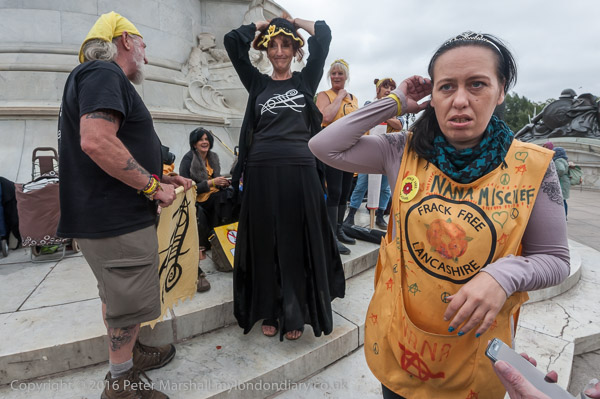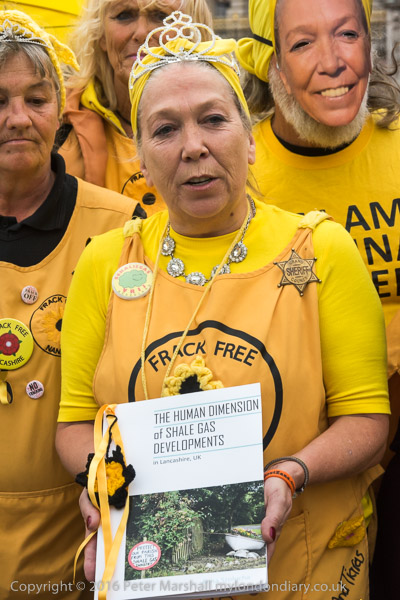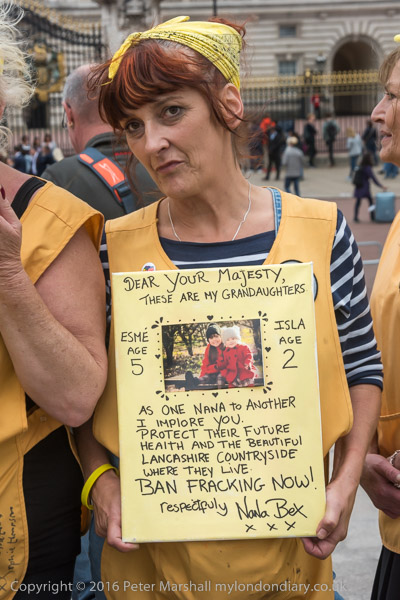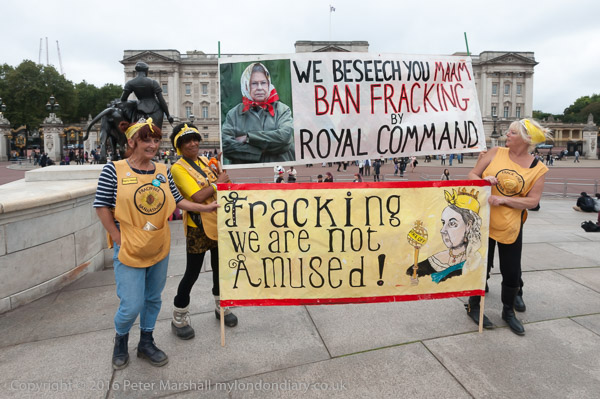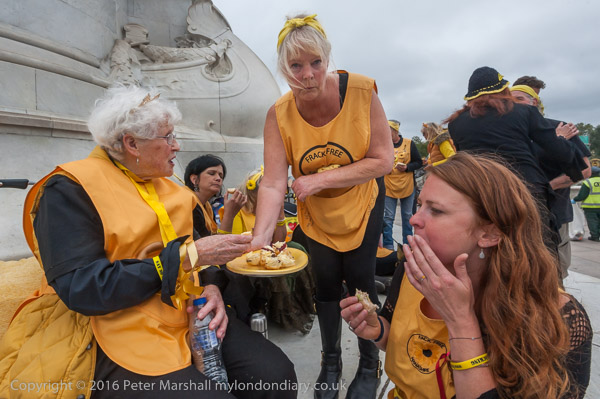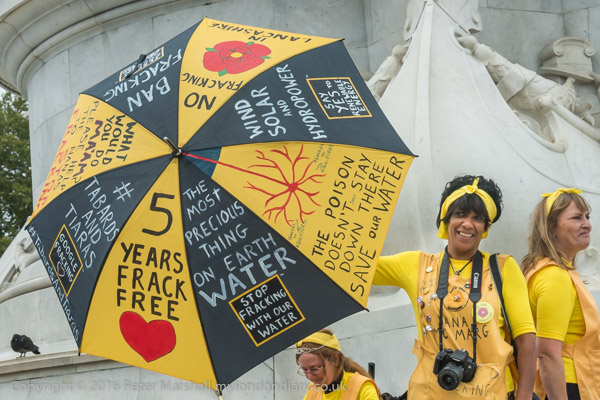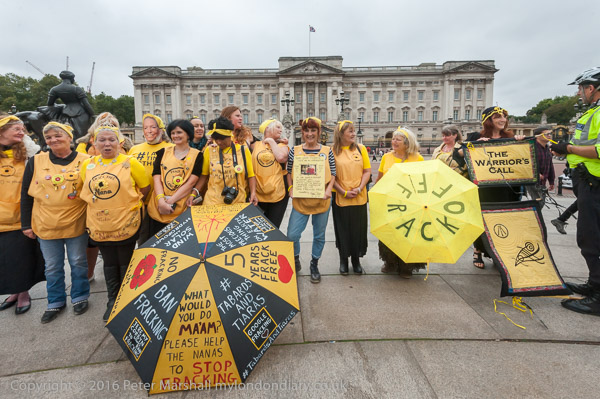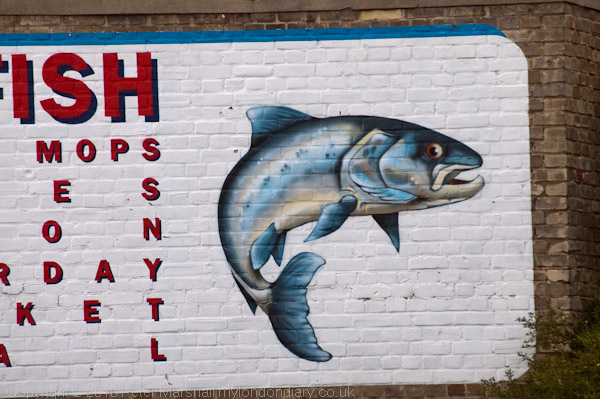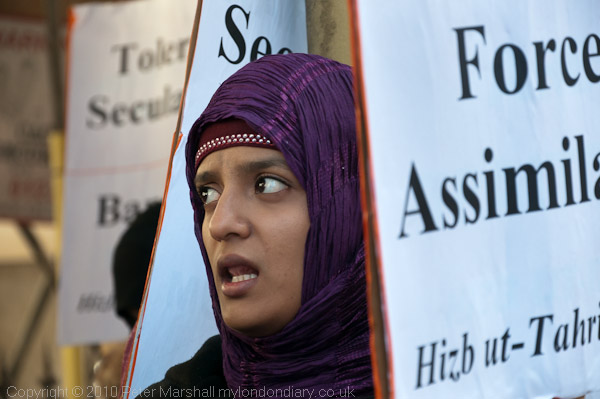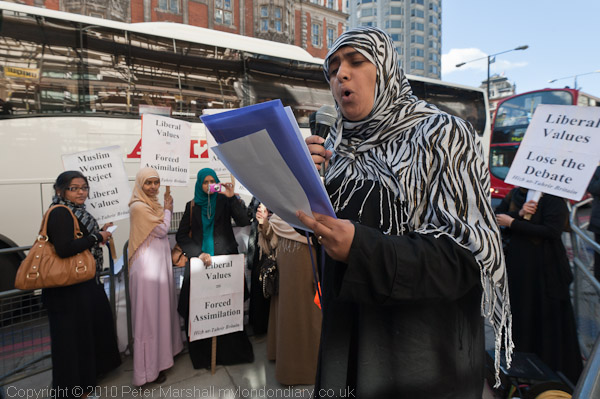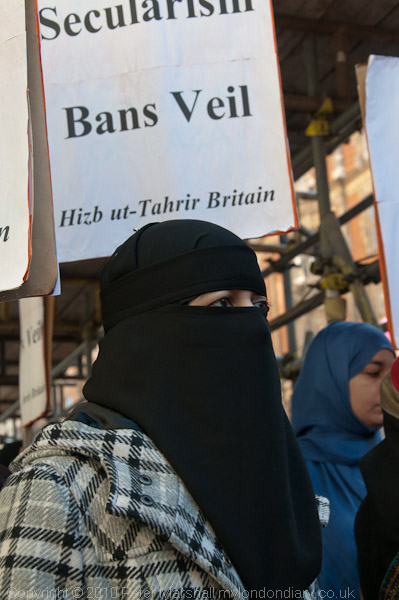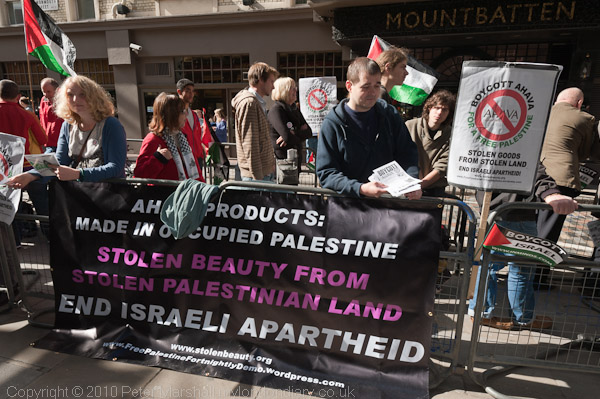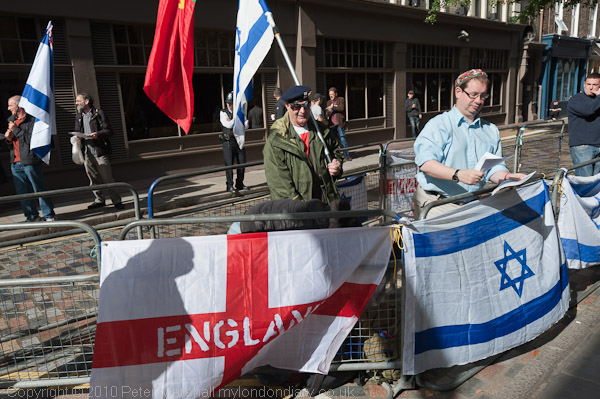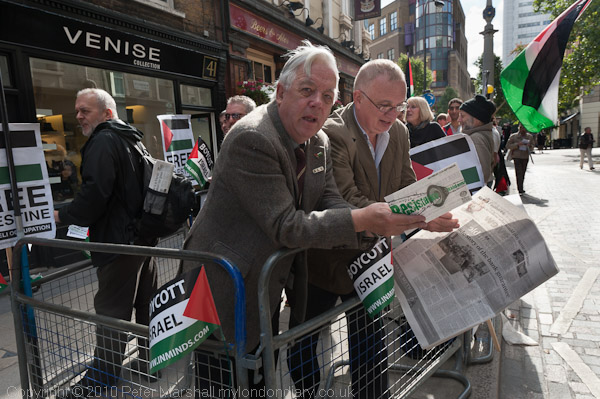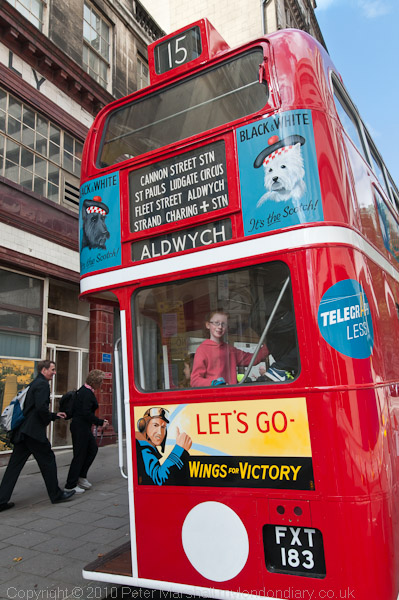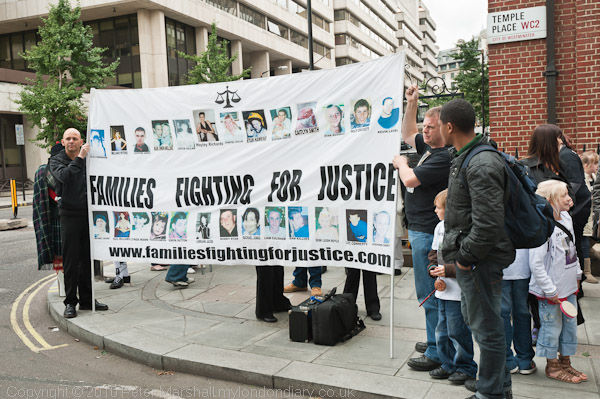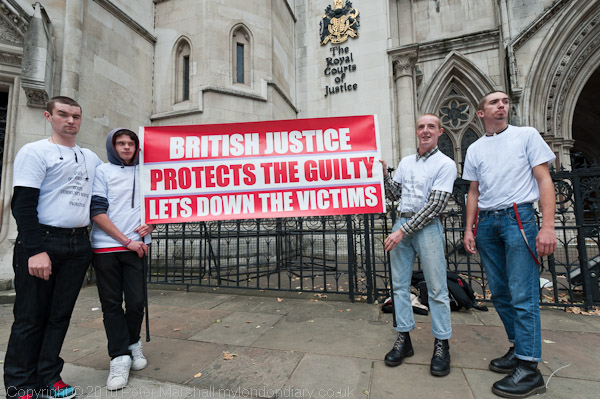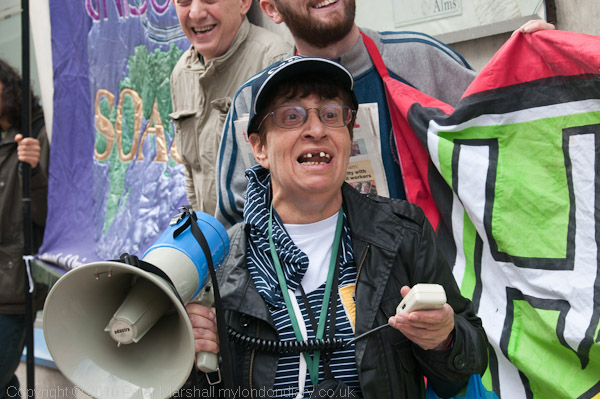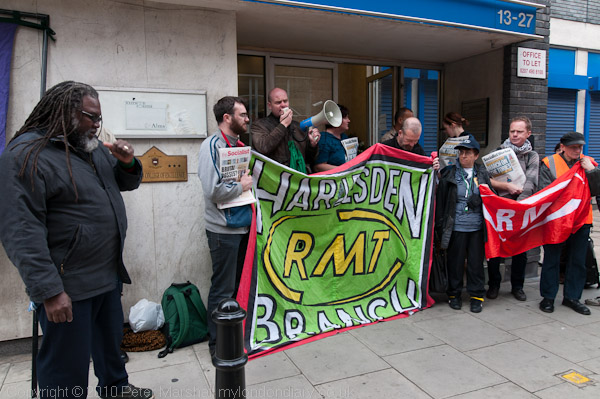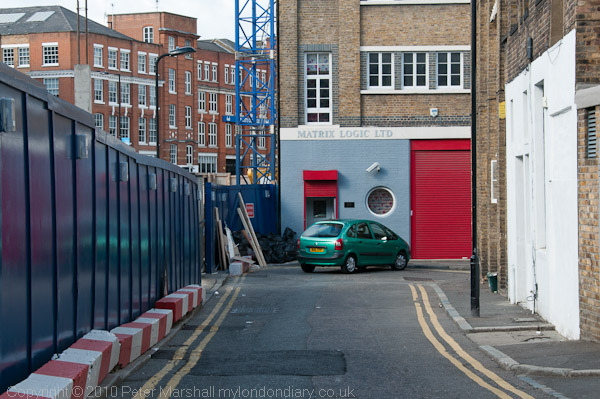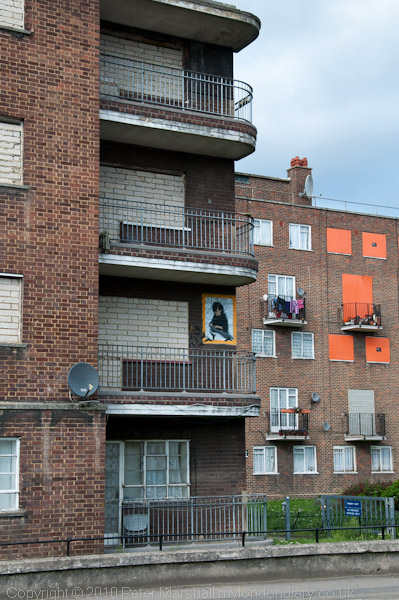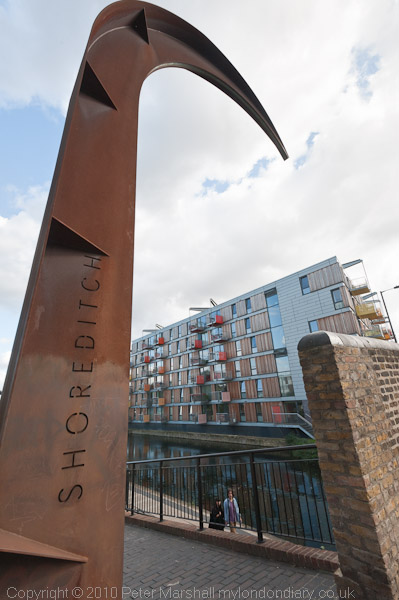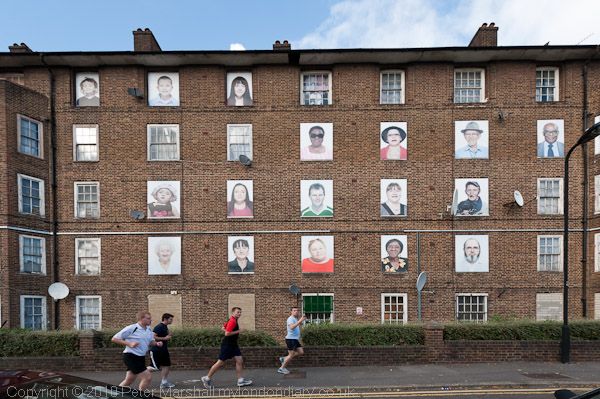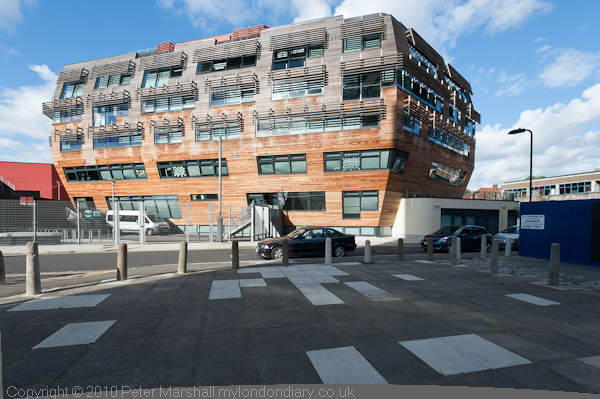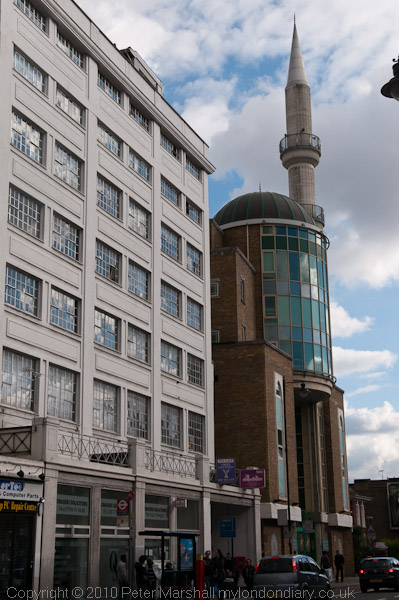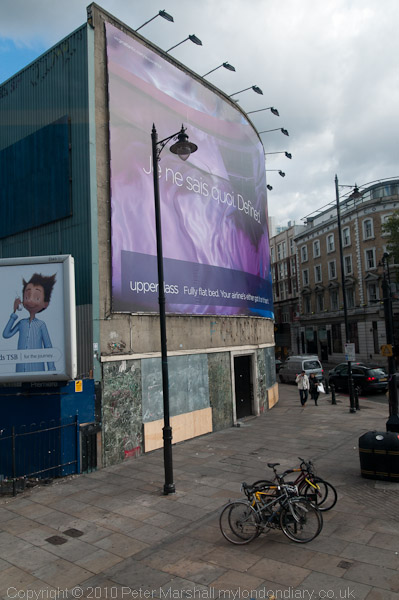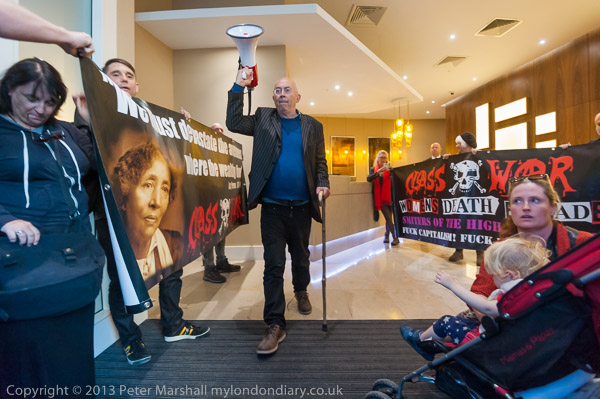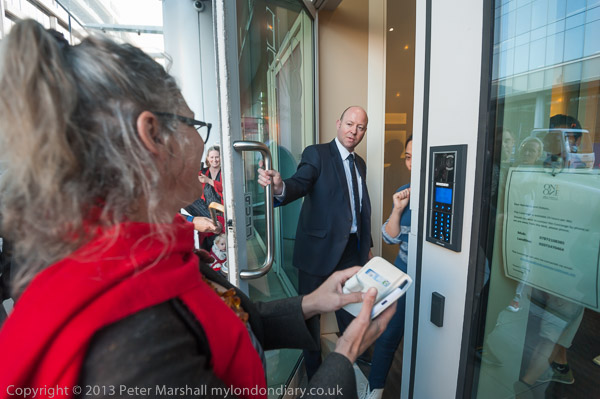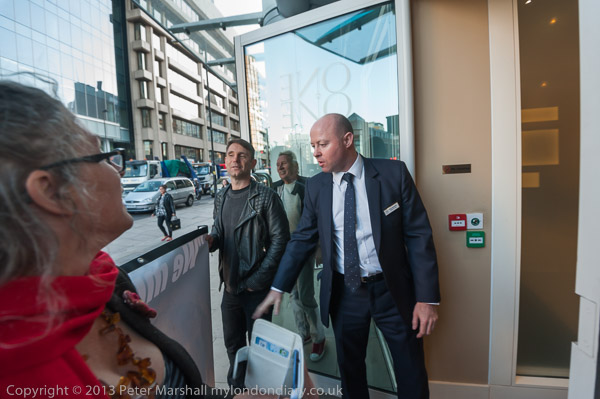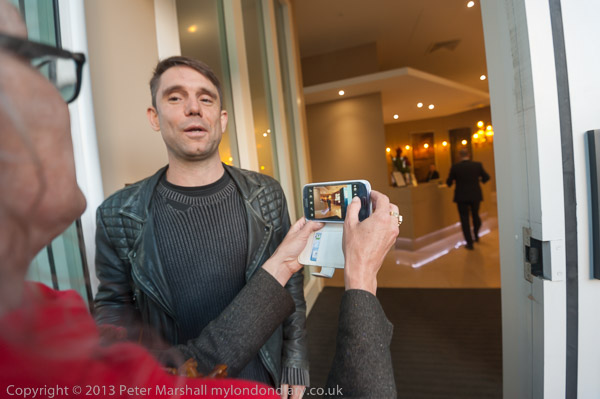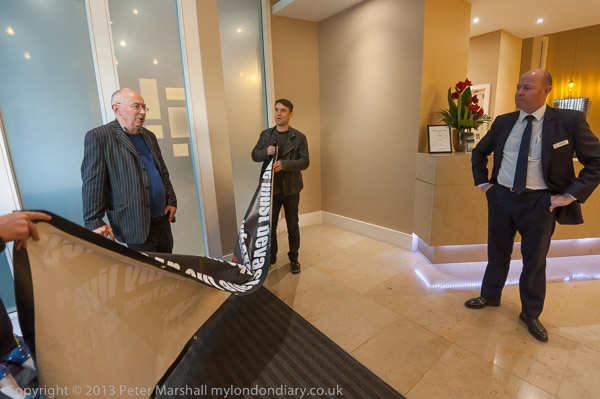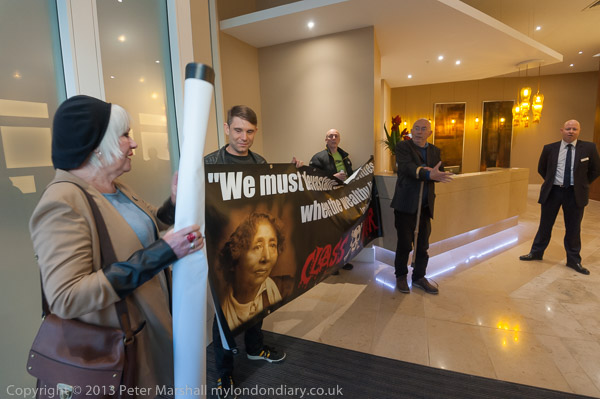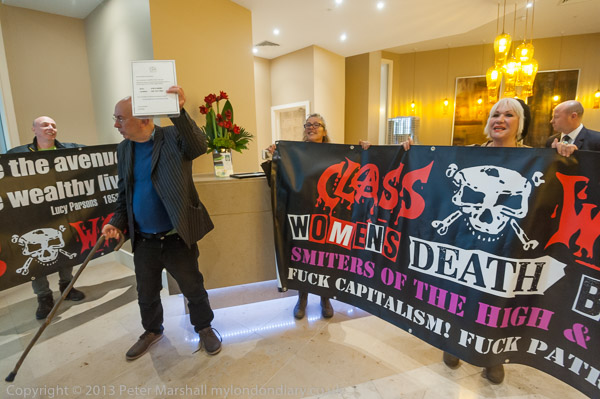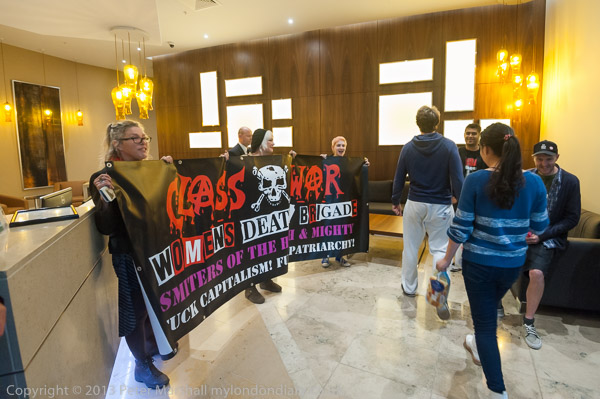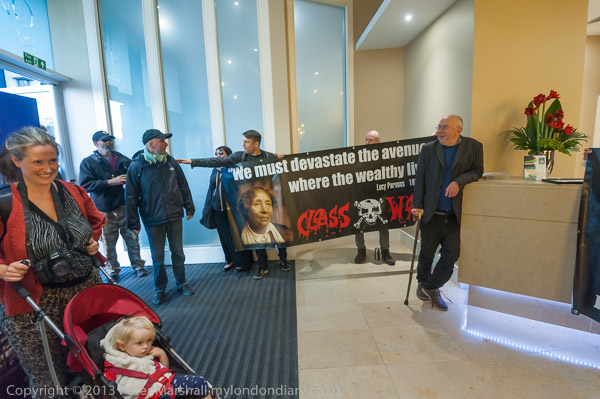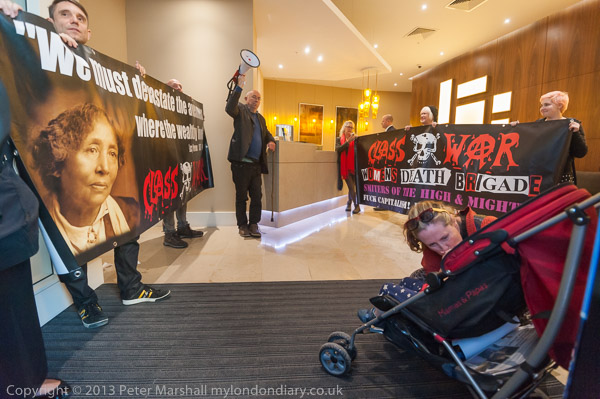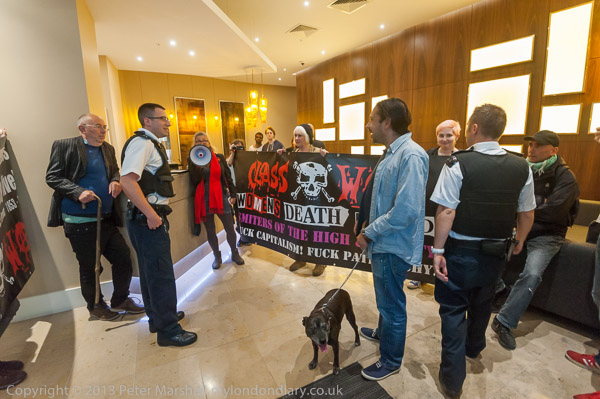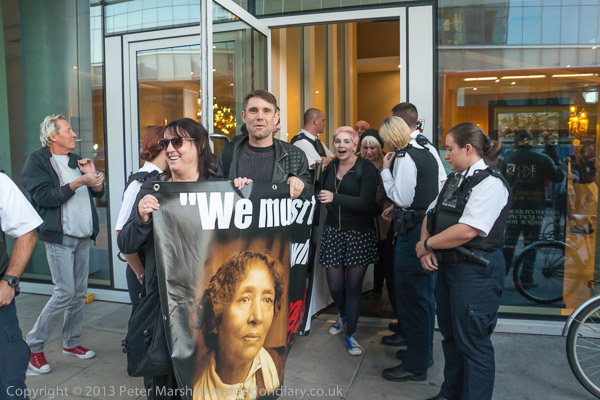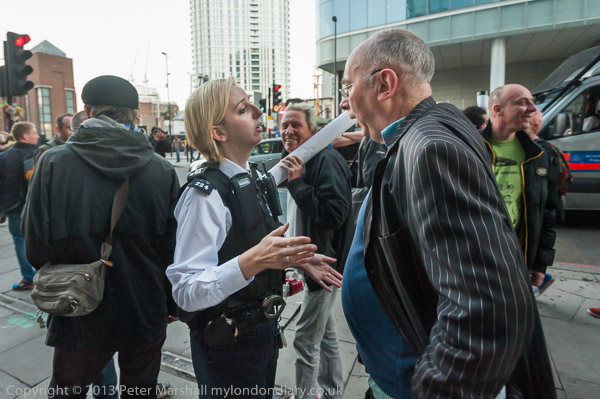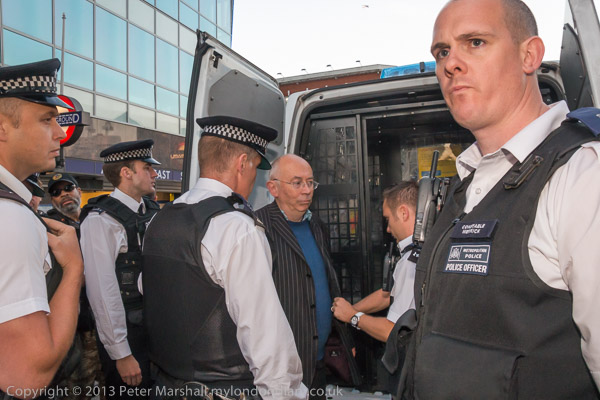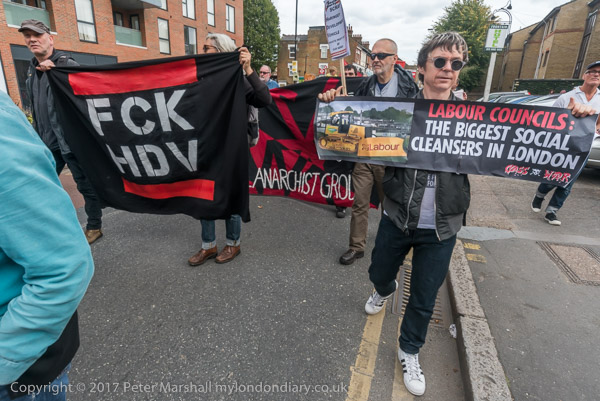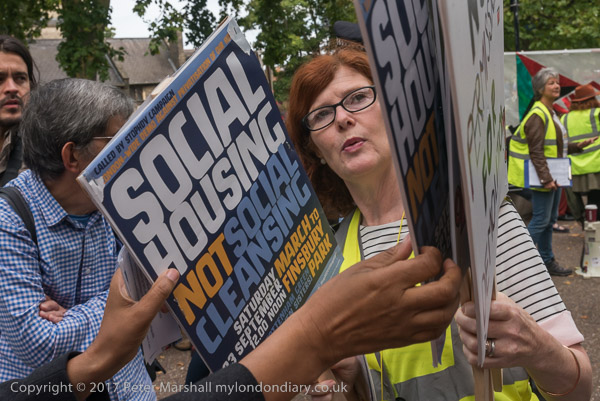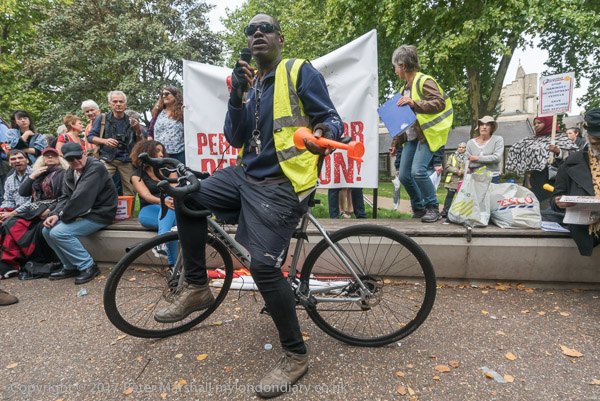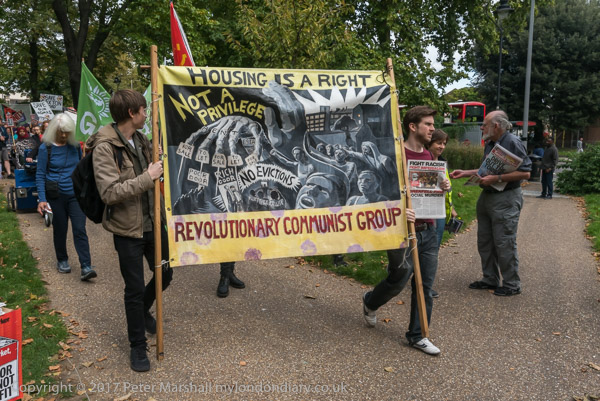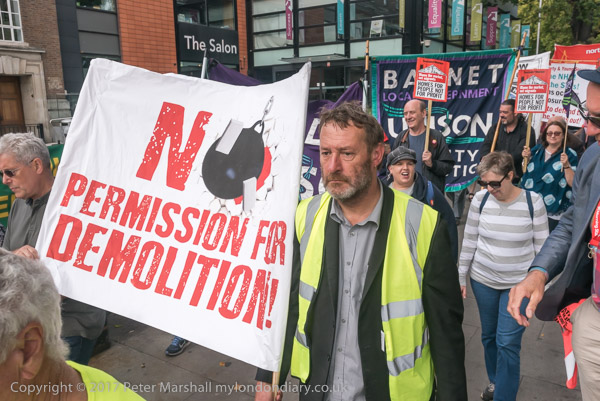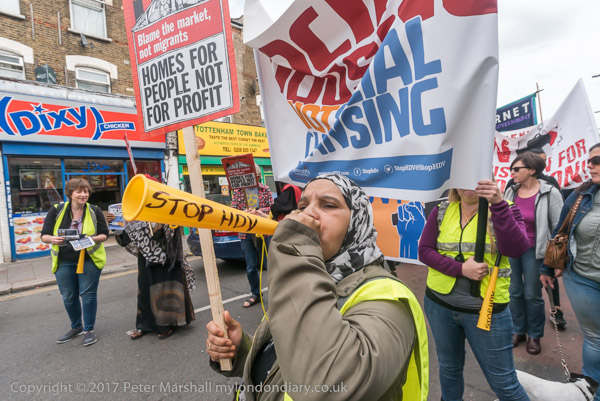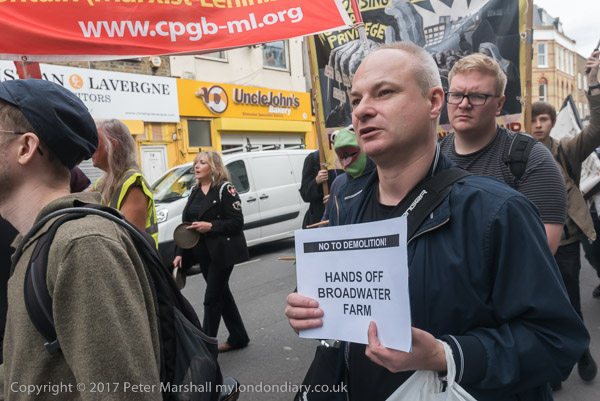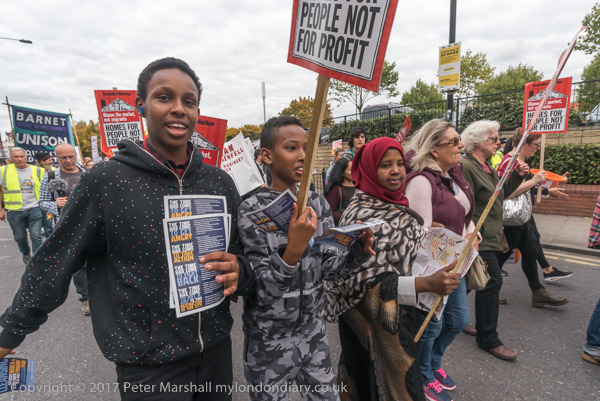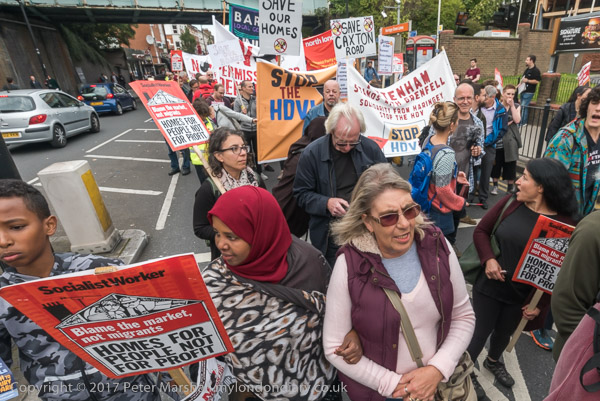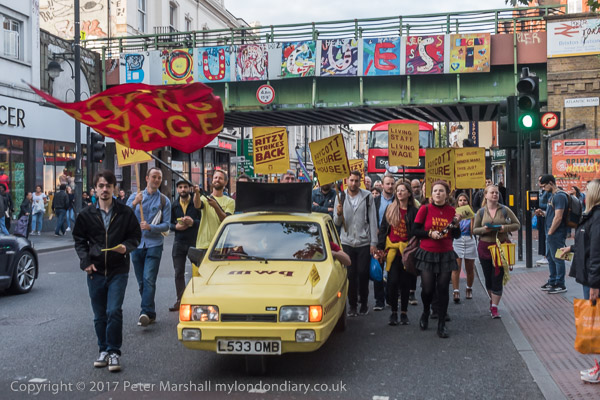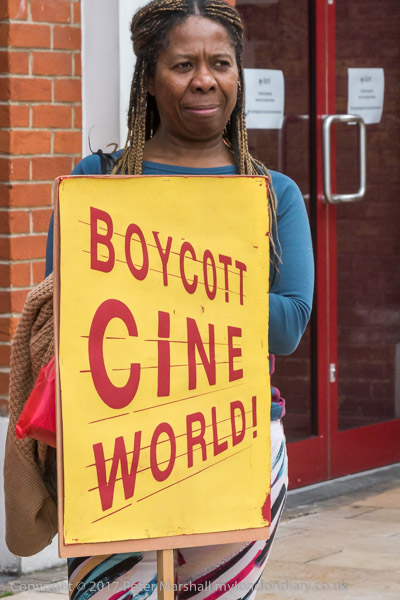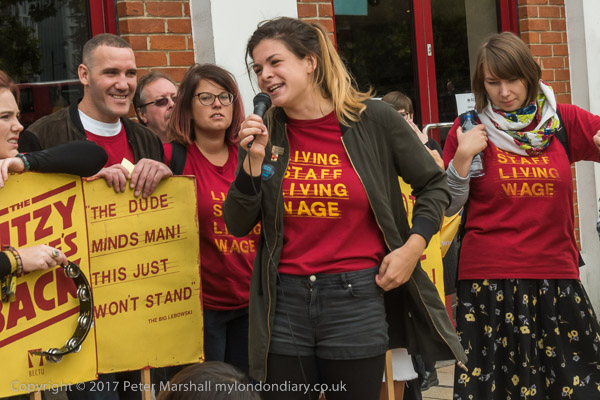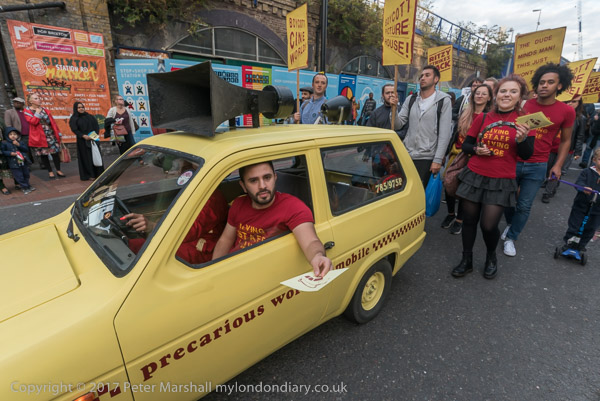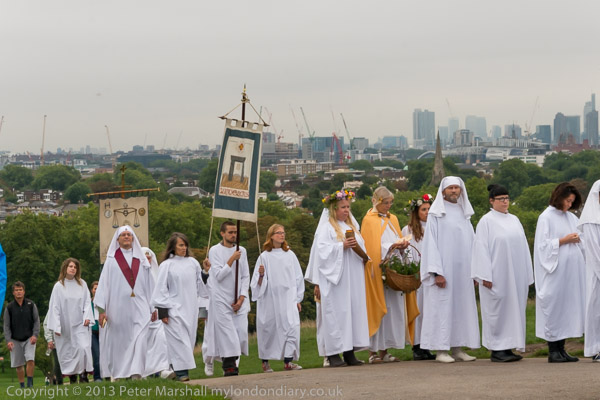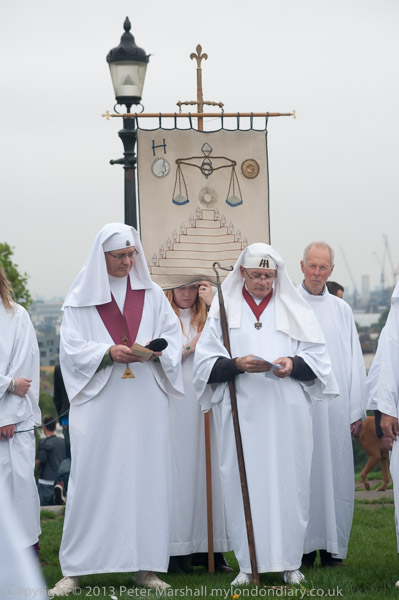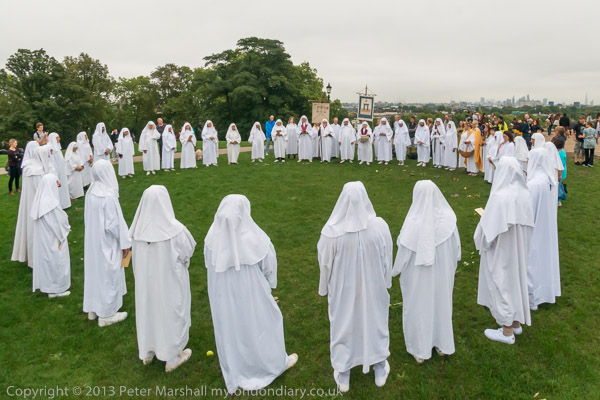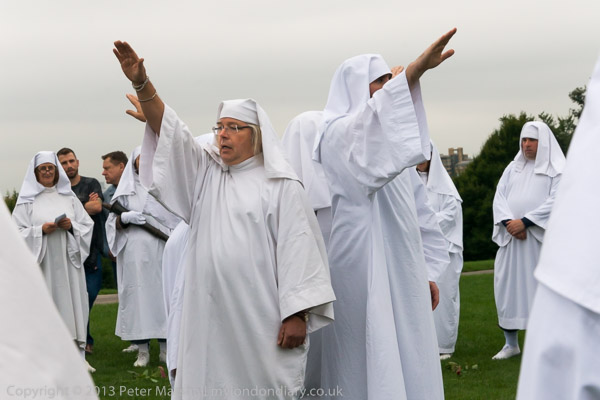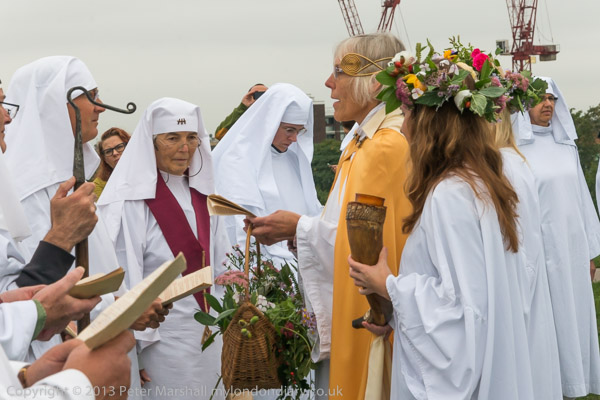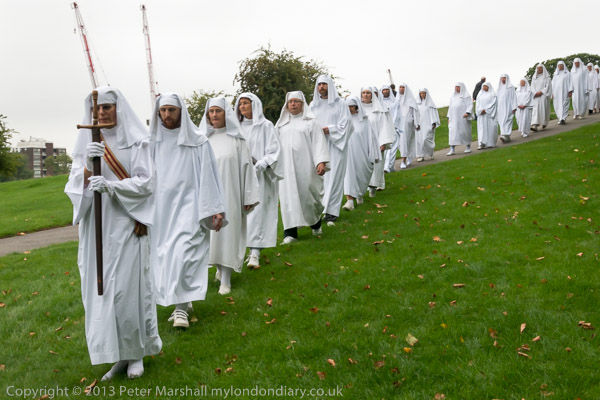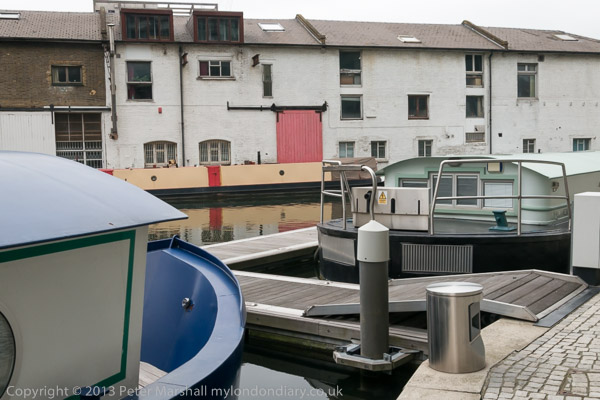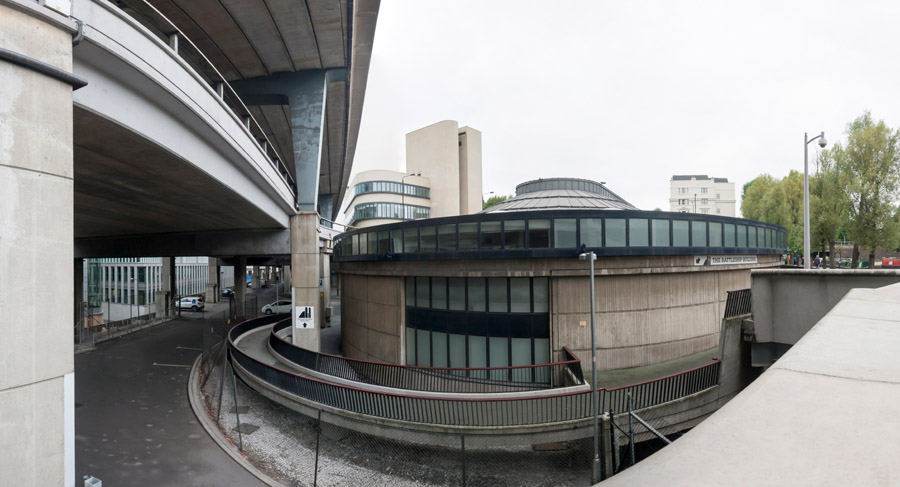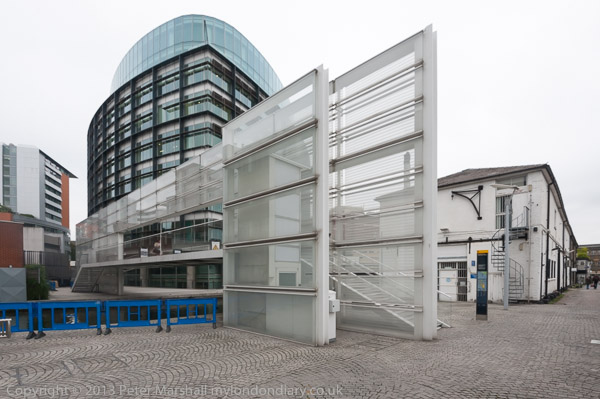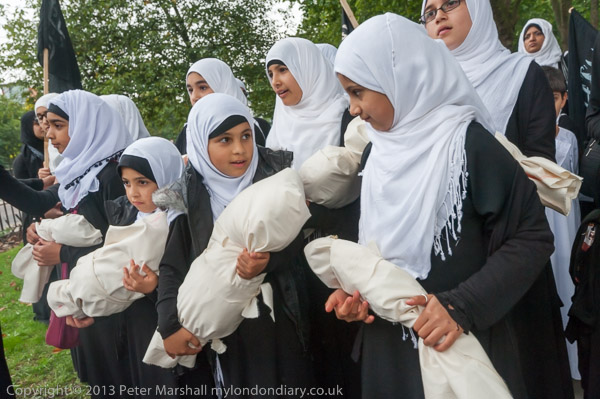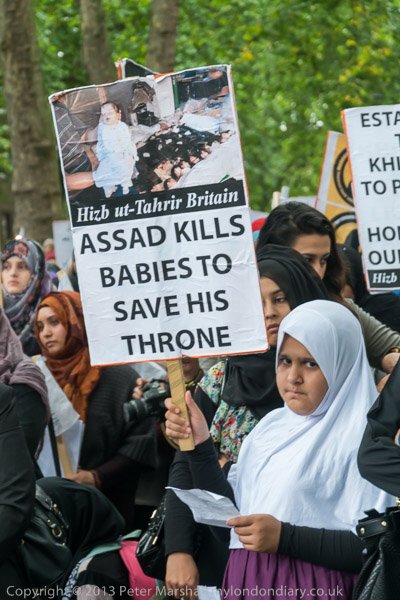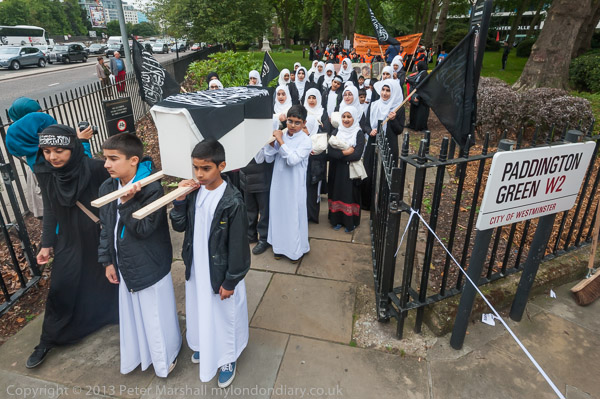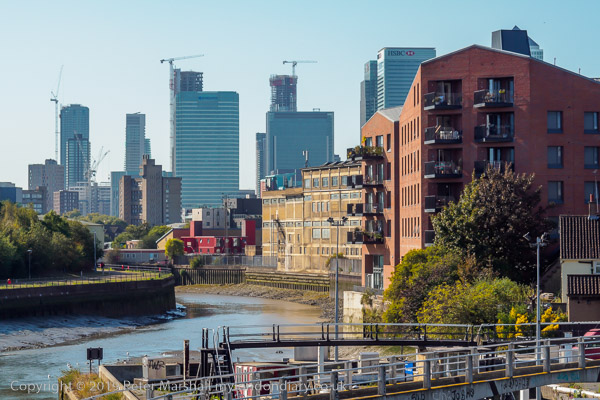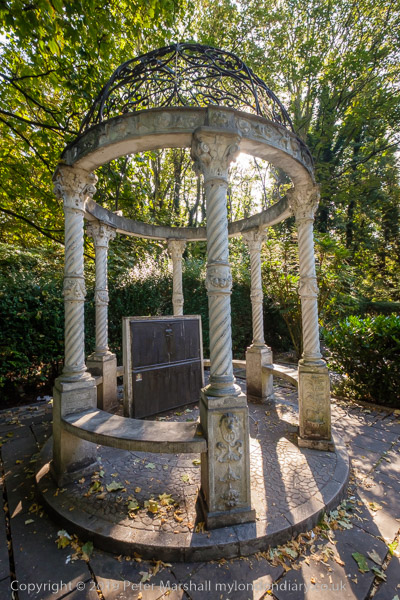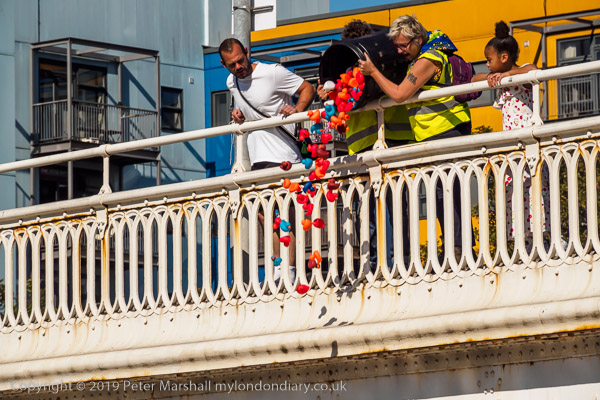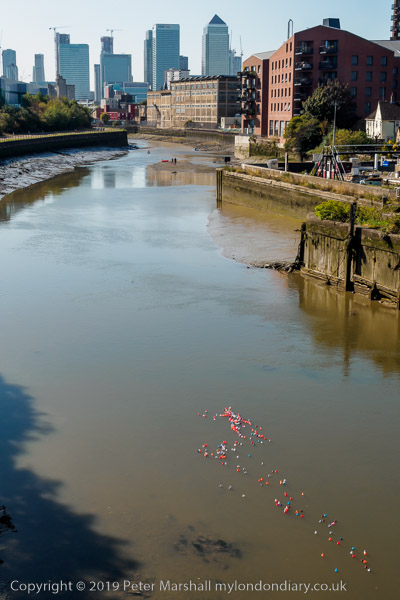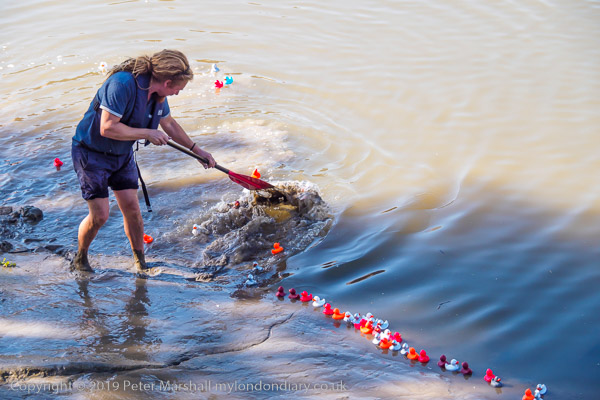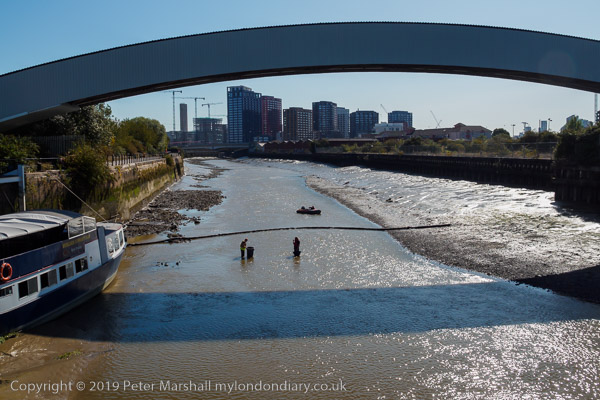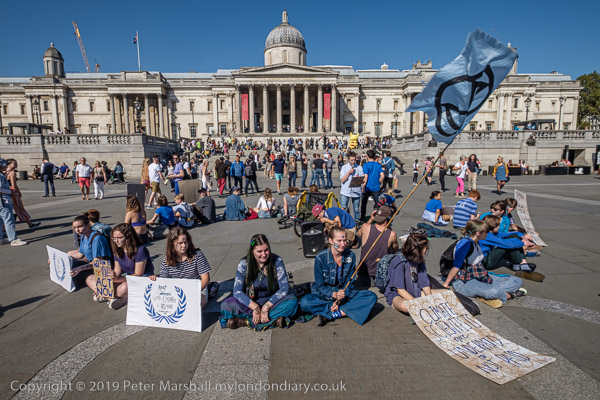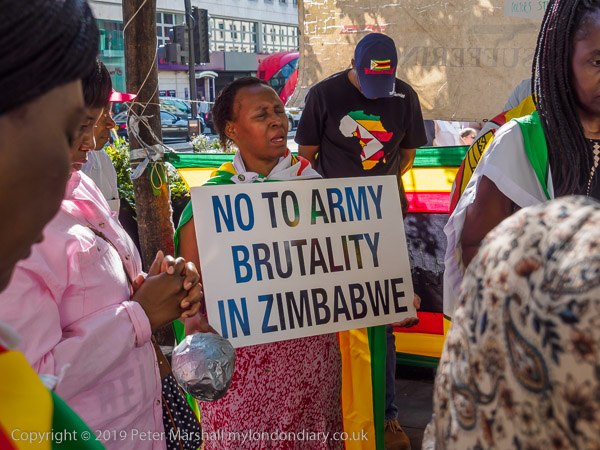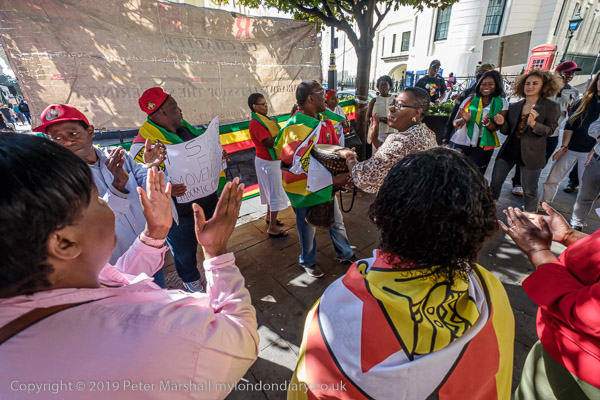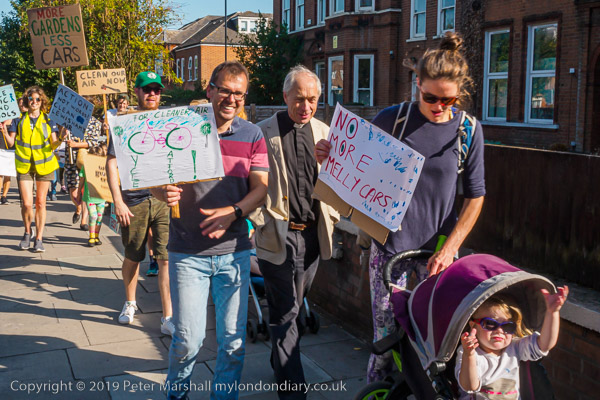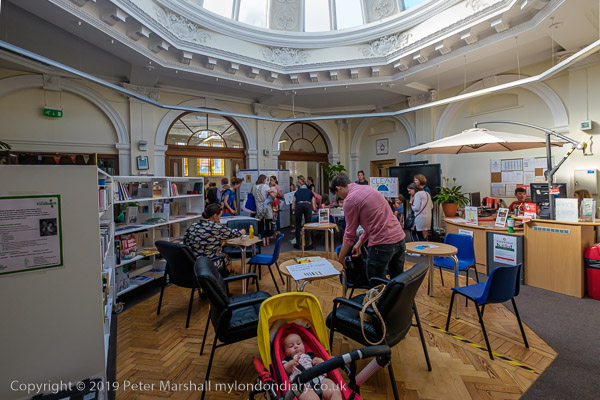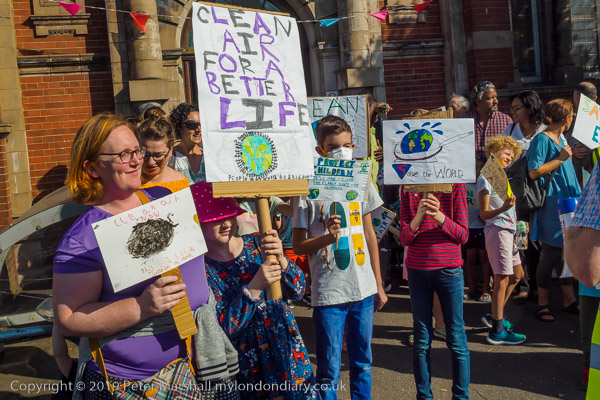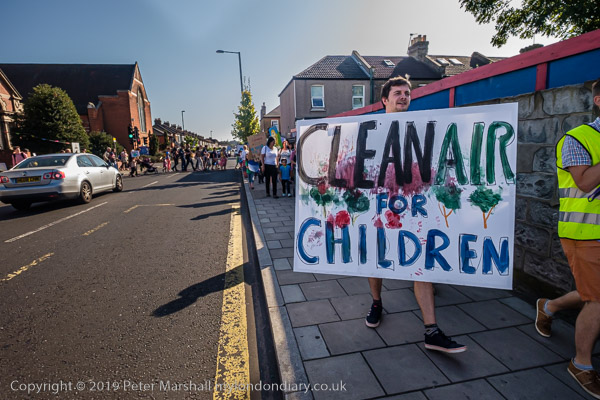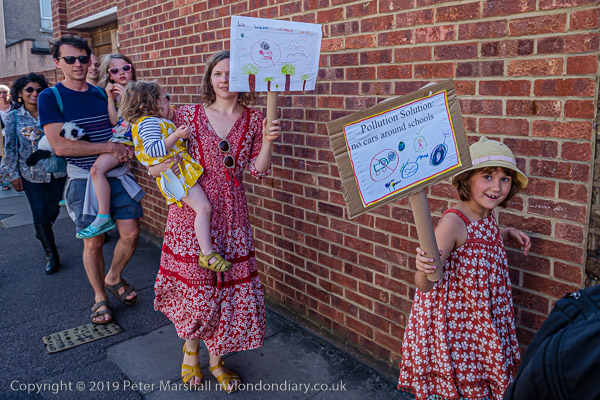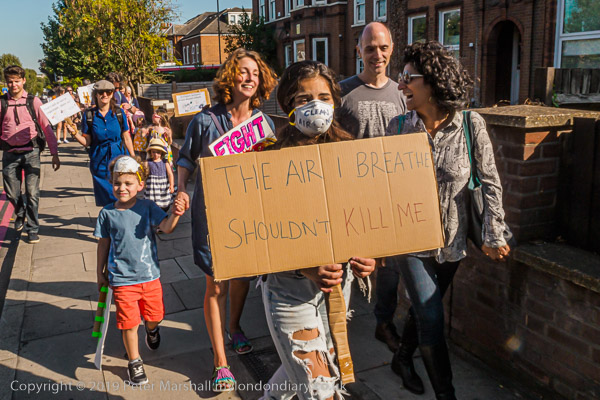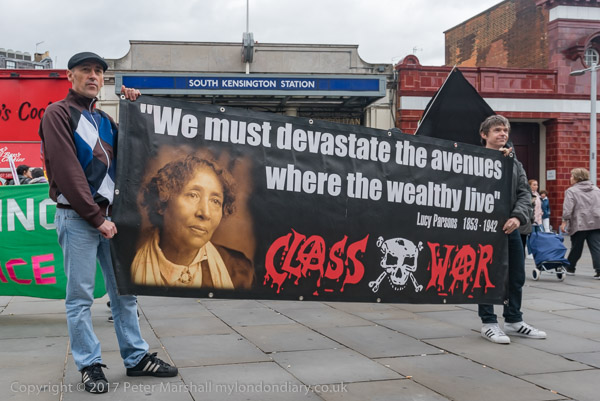
Five years ago on 30th September 2017 United Voices of the World, a grassroots trade union for low paid, migrant and precarious workers, protested in South Kensington against luxury car dealers H R Owen who had suspended their two cleaners without pay for asking to be paid a living wage.
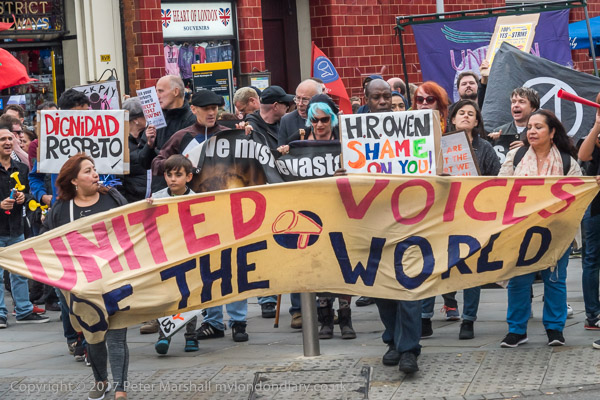
The UVW has many members among London’s low paid minority ethnic communities, particularly Spanish speakers, and has led successful campaigns to get them better treatment at work and to be paid the London Living Wage.
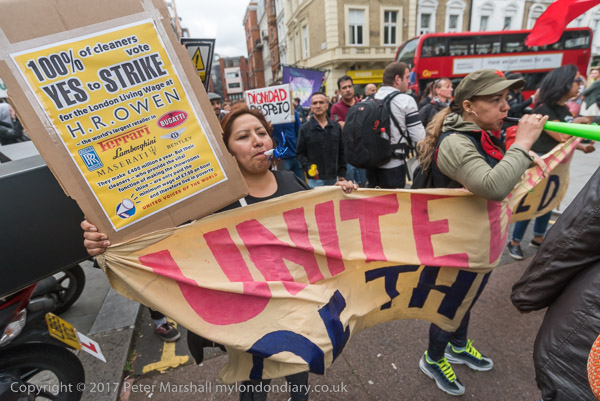
In this and other protests they have been supported by other groups, particularly Class War and the Revolutionary Communist Group and there were a number from these and other unions at the protest.
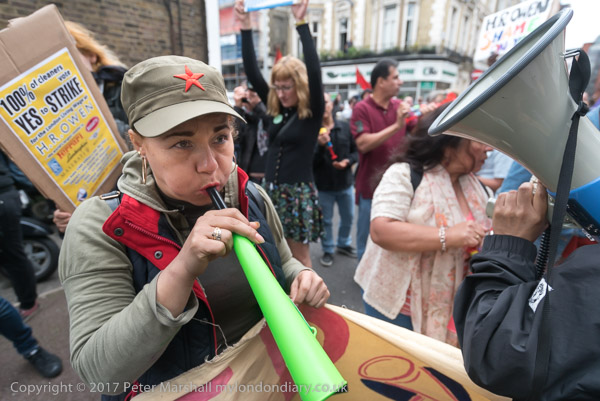
The Ferrari showrooms have only two cleaners, Angelica Valencia and Freddy Lopez, and they were then employed at the minimum wage by cleaning company Templewood, who the UVW also say have made unlawful deductions from their wages and are in breach of the minimum wage legislation.
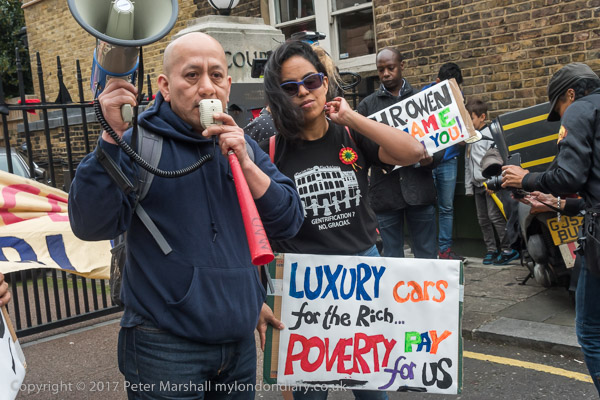
Almost a hundred supporters met outside South Kensington Station in the late afternoon and then marched to the Ferrari showroom. On their way they paused briefly to protest at H R Owen’s Lamborghini showrooms and then the entrance to their offices.

They stopped outside the showrooms on the Old Brompton Road for a long and noisy protest, with speeches, chanting, drumming and ending with dancing on the roadway.
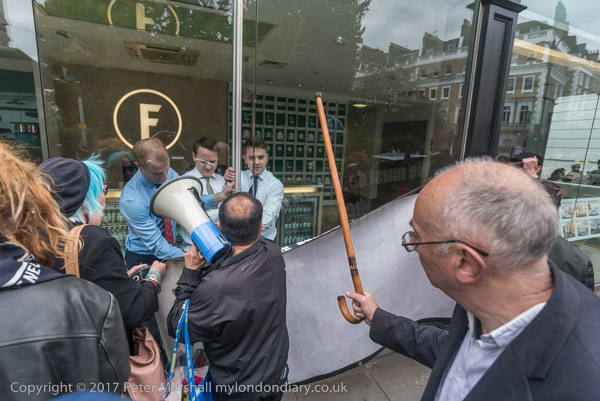
Loud peaceful protests such as this attract a great deal of local attention to the disputes and shame employers into meeting the demands of low paid and badly treated workers. They are effective in persuading the owners of businesses to lean on outsourcing companies to treat their staff better.
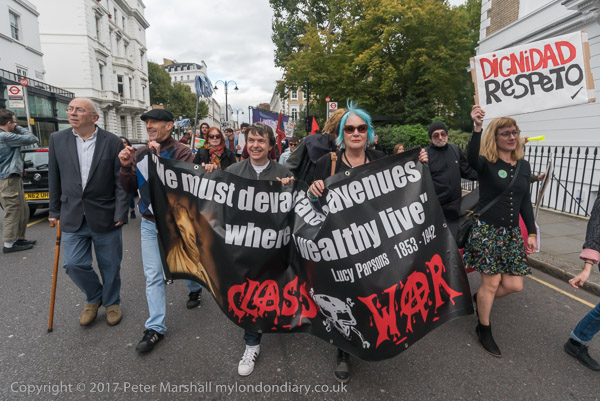
Although outsourcing companies are only concerned with exploiting their workers for greater profits, businesses such as H R Owen are very much aware of the negative publicity from the exploitation on their premises being made public.
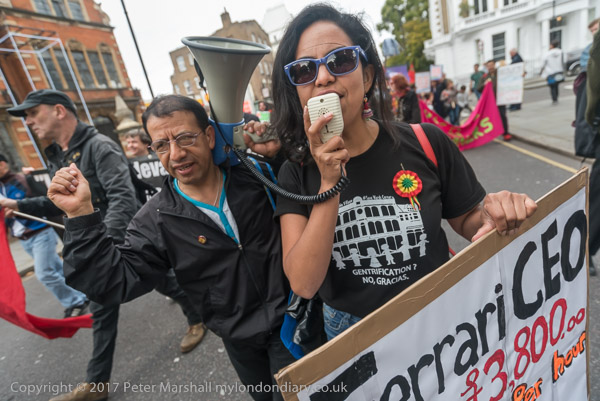
The success of protests like this, particularly against some of the leading companies in the City of London, by the UVW and other active grass roots unions is doubtless one of the reasons that led the government to enact the Police, Crime, Sentencing and Courts Act 2022 which gave the police powers to act against noisy protests. It remains to be seen how the police, and the Met in particular, will make use of these.
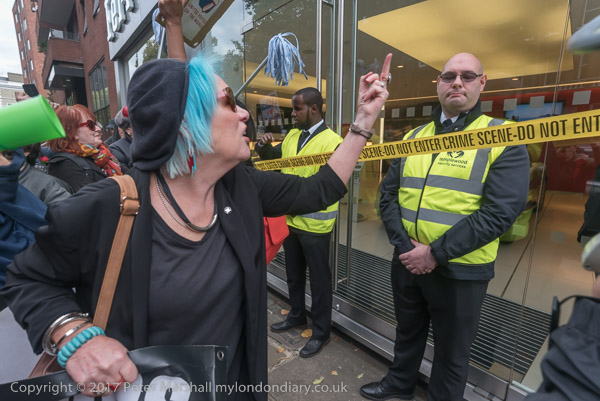
The amount of money involved in paying decent wages to the two cleaners is clearly miniscule compared the the price of the cars being sold in the showrooms. The web site tells me that in 2022 the Ferrari range is priced between £166,296 – £263,098.
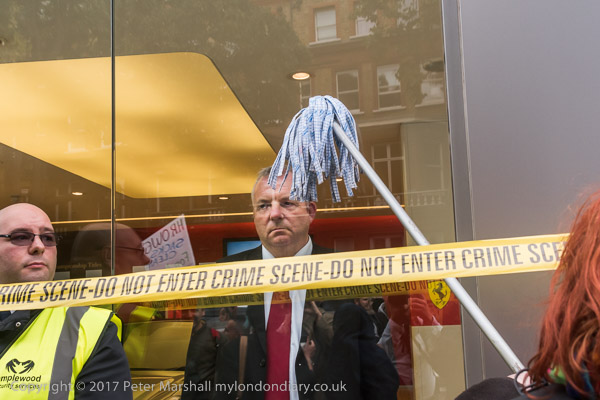
Class War had brought some ‘DO NOT ENTER CRIME SCENE’ tape and some of the supporters of the cleaners had come carrying mops which they waved at the people inside the showroom.
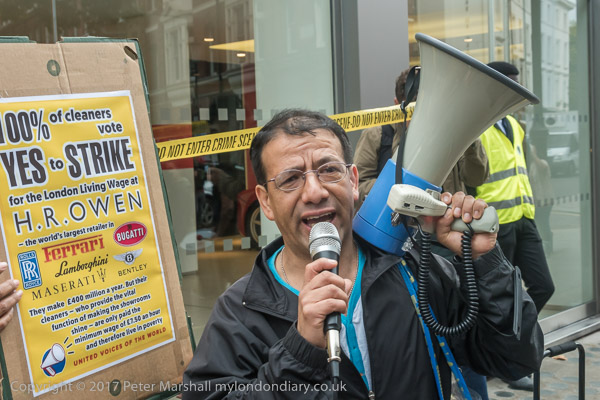
As the poster states, both of the cleaners voted for strike action in the workplace ballot, giving this a 100% vote. Most if not all the strikes by the UVW have had very high levels of support among workers. The poster also points out that H R Owen are making £400 million a year but the strikers were only paid £7.50 an hour. Paying them a living wage would have a totally insignificant impact on company profits but make a huge difference to the cleaners.
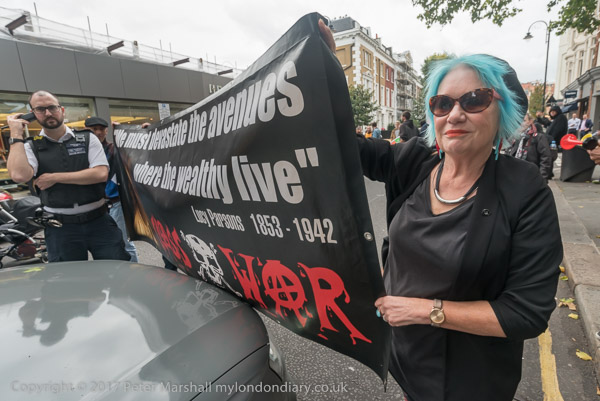
Police talked to the protesters and tried to keep traffic flowing along the road, though there was very little of it and little disruption was caused. But Class War did hold up a few cars for a minute or two with their banner.
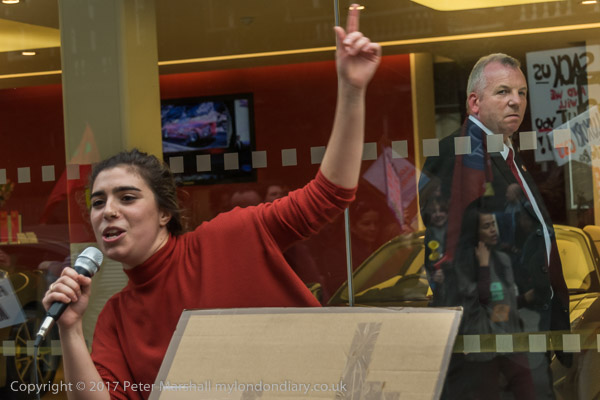
The peaceful protest ended with music and dancing – and some more speeches. On their web site, the UVW state:
“In a David vs Goliath battle, UVW members Freddy and Angelica, friends from Ecuador, took on luxury car dealership HR Owen and beat the odds; overcoming intimidation and suspensions, they won the London Living Wage. Their victory was a testament to the power of UVW’s worker-led direct actions.”
https://www.uvwunion.org.uk/en/campaigns/hr-owen-ferrari-dealership/
You can see many more pictures of the successful protest at Cleaners at luxury car dealers HR Owen.









